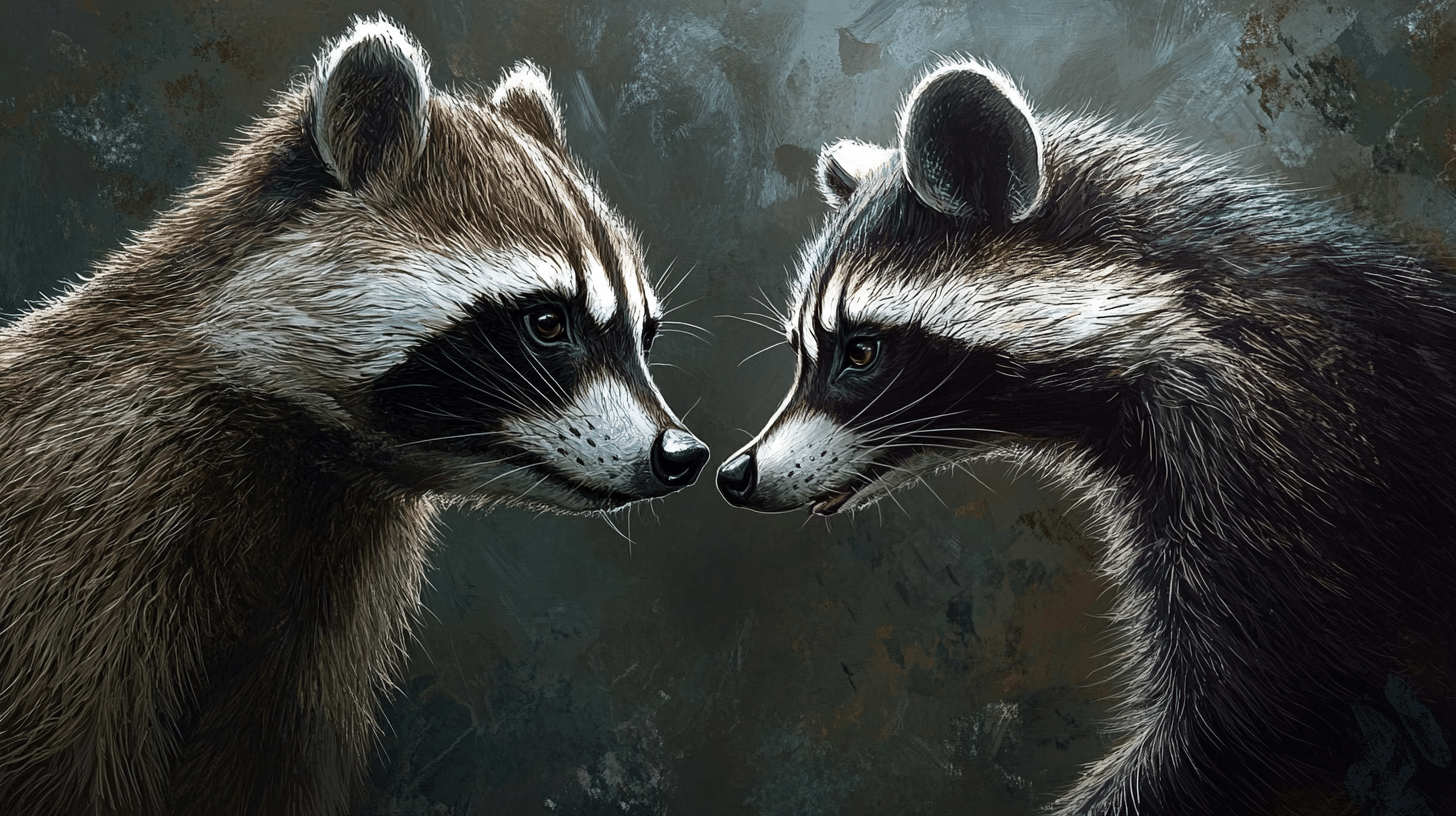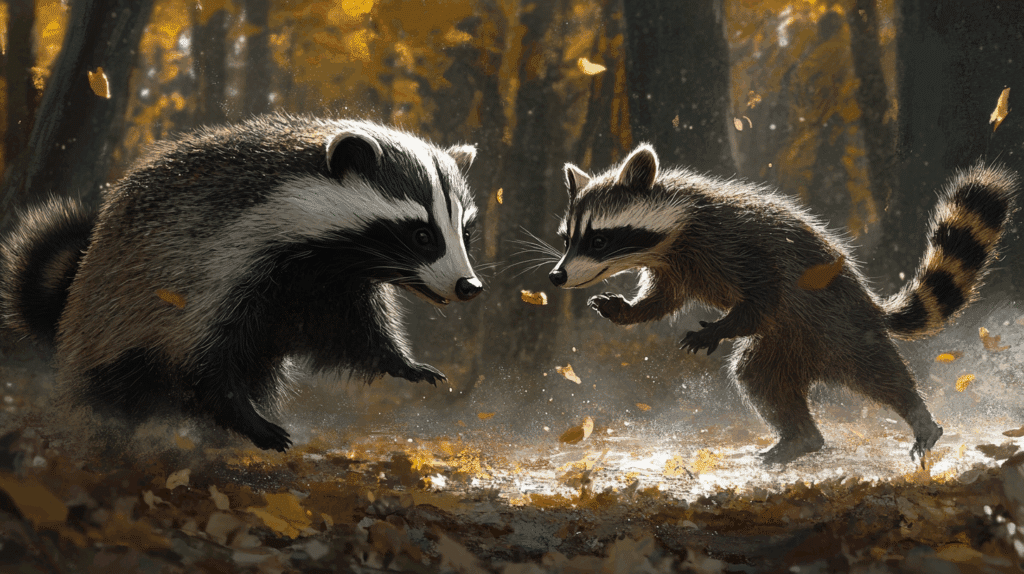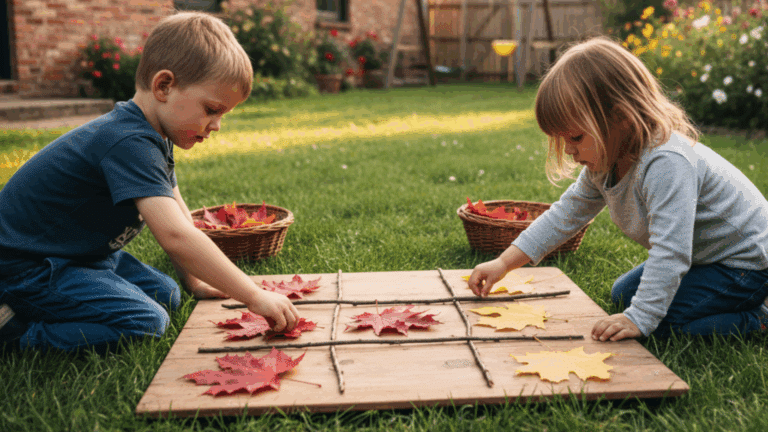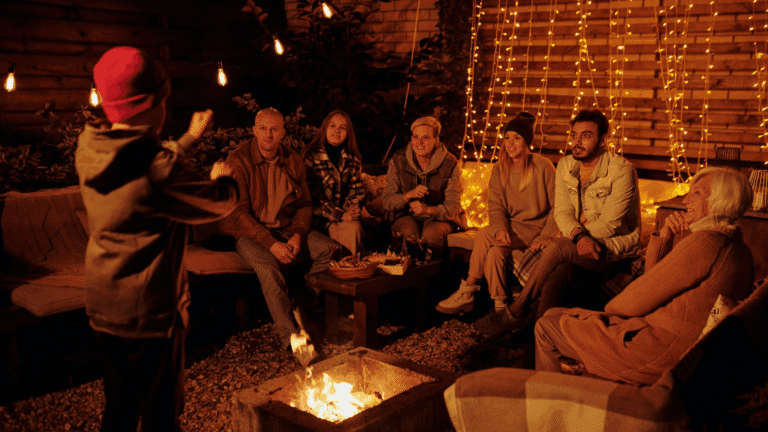Masked bandits and striped diggers. Ever spotted these two wild creatures and wondered who’d win in a nature showdown? We have! Both badgers and raccoons share chunky bodies and mysterious face markings, but that’s where the similarities end.
Many folks mix them up, and it’s a common mistake. The confusion comes from quick glances and similar colors, but these animals couldn’t be more different in how they live, eat, and behave.
From powerful paws to clever hands, from lone hunters to social opportunists – these woodland creatures have evolved with amazing skills that set them apart.
Let’s break down the wild comparison of Badger vs Raccoon and see what makes each of these backyard visitors so special in their own way.
Badger vs Raccoon: The Ultimate Wild Showdown
| Category | Badger | Raccoon |
|---|---|---|
| Size and Shape | 2 to 3 feet long, 15 to 30 pounds, chunky and flat body | About 2 feet long, 10 to 20 pounds, smaller and slimmer |
| Faces and Masks | White stripe down the middle of their face, from nose to back | Black “bandit mask” around eyes, gray or white face |
| Paws and Claws | Huge front paws with long, thick claws (1-2 inches long), used for digging | Tiny human-like paws with five long fingers for grabbing things, can open trash cans, and turn doorknobs |
| Tails and Bodies | Short, stubby tail, same color as body, gray or brown fur on top, lighter on bottom | Long, bushy tail with 5-7 black rings, salt-and-pepper gray fur all over |
| Walking Style | Walks close to the ground with a side-to-side waddle, legs are short, belly almost touches the dirt. | Can walk on all fours or stand up on back legs, climbs trees, swims well |
| Social Behavior | Solitary, nocturnal, territorial, aggressive, and prefers to live alone in burrows | Highly social, nocturnal, adaptable, works together or tolerates others, thrives in urban environments. |
| Diet | Rodents (mice, voles), insects (beetles, worms), and small mammals like ground squirrels will raid beehives for honey larvae. | Plants, fruits, nuts, eggs, small animals (fish, frogs), and human leftovers (trash, pet food); can open jars, climb trees, and grab food from water |
| Habitat | Expert diggers prefer open fields, grasslands, and prairies with dry, loose soil, and build complex underground burrows (setts) | Adaptable, can live in forests, wetlands, urban areas, and coastal regions; use tree hollows, rock crevices, abandoned burrows, or man-made structures like attics and sheds |
Who Causes More Trouble for Humans?

Both badgers and raccoons can cause problems for humans, but in different ways.
Badgers cause trouble mainly by digging. They dig deep burrows in yards, gardens, and fields. These burrows can damage your lawn, roads, and even the foundations of buildings.
If you have badgers on your property, their digging can lead to costly repairs.
Raccoons, on the other hand, are masters of scavenging. They often get into trash cans, knock over garbage, and make a mess in gardens. Raccoons can also get into attics or basements, where they can cause damage to insulation, wiring, and vents.
While badgers cause structural damage through burrowing, raccoons are more likely to make a mess and enter homes, causing a bigger headache for homeowners.
Badger vs Raccoon: Unexpected Similarities You Never Knew
Badgers and raccoons might seem like opposites, but they share surprising traits that help them thrive in the wild. Here’s how these two animals are more alike than you’d guess:
Nocturnal Behavior
Both badgers and raccoons are primarily nocturnal. They are most active at night, foraging for food and engaging in various activities after dark.
This behavior helps them avoid predators and take advantage of cooler, quieter conditions.
Omnivorous Diet
Both animals have an omnivorous diet, meaning they eat a variety of food.
Badgers primarily consume insects, small mammals, and roots, while raccoons are opportunistic feeders, eating fruits, vegetables, small animals, and even human food when available.
Strong Digging Abilities
Badgers are known for their exceptional digging skills, creating elaborate burrows called setts.
Raccoons, while not as adept at digging, are skilled at using their dexterous front paws to manipulate objects and forage for food, often digging through trash cans.
Distinctive Markings
Both species have distinctive markings on their faces. Badgers have a characteristic white stripe running from their nose to the back of their head, while raccoons are easily identified by the black “mask” of fur around their eyes, giving them a similar facial appearance.
Adaptability
Both badgers and raccoons are highly adaptable creatures. They can thrive in a variety of habitats, from forests to urban areas.
Their ability to adjust to different environments helps them survive in areas with human activity.
Solitary Nature
While badgers and raccoons are not entirely antisocial, both are primarily solitary animals.
Badgers live in small family groups, but they generally keep to themselves, and raccoons tend to be lone foragers, though they may occasionally socialize.
Fun Facts and Surprising Comparisons About Badger and Raccoon
Fun Facts:
- Badgers are digging champions! They use their strong claws to build underground homes called setts, which can have many rooms and tunnels.
- Raccoons are super smart. Studies show raccoons can remember how to solve puzzles for up to three years!
- Badgers are fierce defenders. If threatened, a badger will stand its ground and defend its home with sharp claws and powerful jaws.
- Raccoons have “hands.” Their front paws are very nimble, letting them open jars, doors, and even unlock cages.
- Badgers are mostly solitary. They like to live alone and are very territorial.
- Raccoons are adaptable. They can live in forests, cities, or even your neighborhood, and are known for raiding trash cans for snacks.
Surprising Comparisons:
- Face Markings: Badgers have white stripes running from their nose over their head, while raccoons have a black “mask” over their eyes.
- Home Life: Badgers dig their own burrows, but raccoons usually use tree hollows, attics, or even old badger dens.
- Diet: Badgers mostly eat rodents and insects, while raccoons eat almost anything, including fruits, eggs, small animals, and garbage.
- Strength vs. Dexterity: Badgers are strong and built for digging and fighting, while raccoons are clever and built for climbing and problem-solving.
- Behavior: Badgers are mostly active underground and at night, while raccoons are also nocturnal but are great climbers and swimmers too.
Badgers and raccoons may be about the same size, but badgers are tough diggers and defenders, while raccoons are clever, curious, and great at using their paws. Both are amazing survivors, each in their own special way!
The Bottom Line
In this wild showdown between badger vs raccoon, we’ve seen how these animals differ in looks, habits, food choices, and skills. Each has its own special place in nature.
Badgers are strong diggers with focused habits, while raccoons are clever problem-solvers who adapt to many places. Both play key roles in their habitats.
So what’s the takeaway? There’s no real winner in this face-off; each animal has found its own way to survive and thrive.
Next time you spot that black mask or white stripe, you’ll know exactly who you’re looking at and appreciate their unique traits.
What other animal comparisons would you like to learn about? Let me know in the comments below!


















